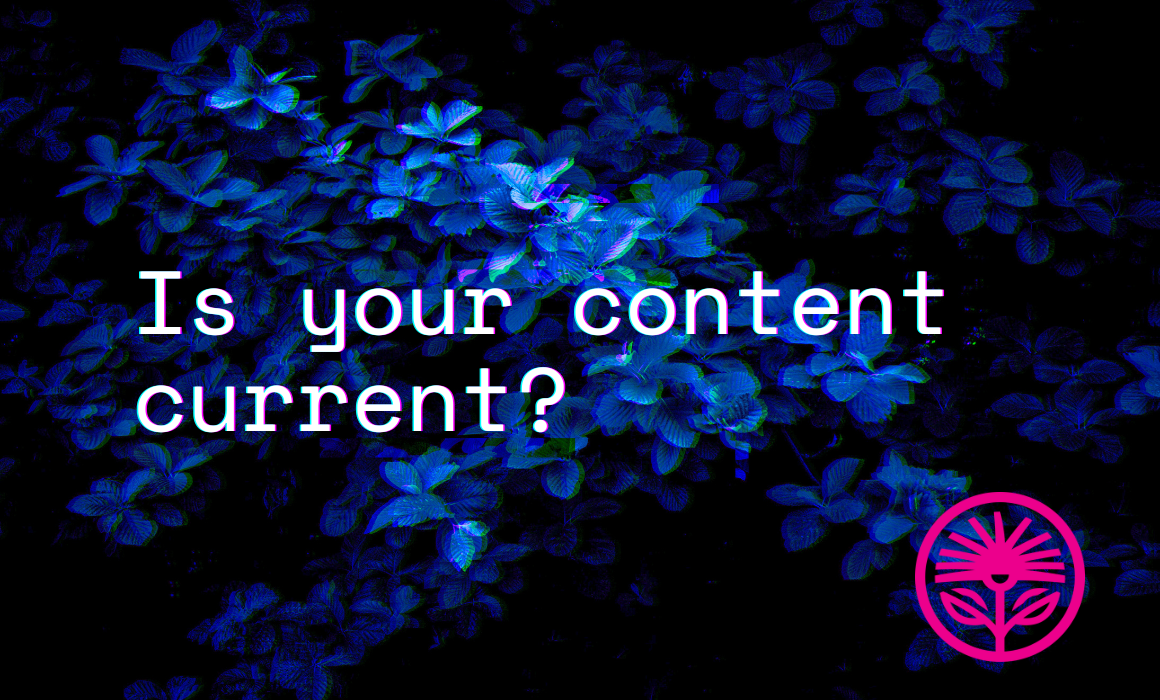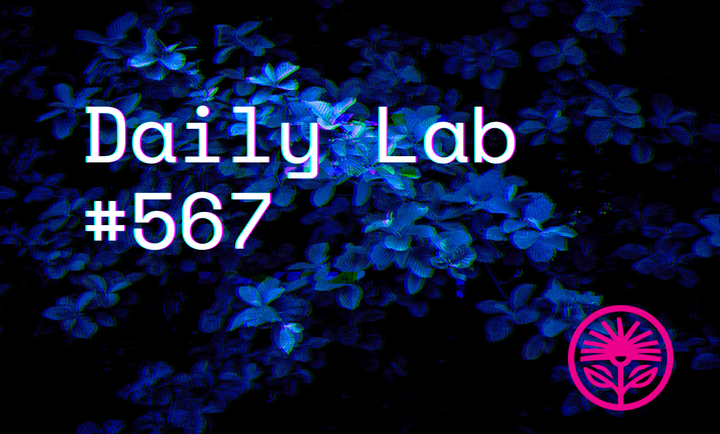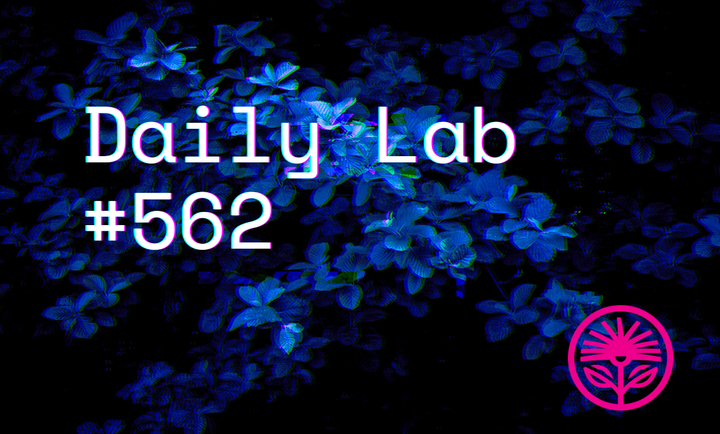Is your content current? — Kelford Labs Weekly
Or is it a historical document?

“For the ‘message’ of any medium or technology is the change of scale or pace or pattern that it introduces into human affairs.”
— Marshall McLuhan, Understanding Media
The conversation I can’t shake, that keeps coming up in seemingly every encounter with other consultant entrepreneurs is this:
“What content should I be making?”
- Should I just churn out AI slop or “best practices”?
- Should I be posting on LinkedIn more? Less? Never? Always?
- Should my newsletter have more subscribers?
- Should I do more podcasts?
- Should I start a podcast?
On and on and on, never-ending, never resolving.
And I’ve noticed that I haven’t had the perfect answer to this question because I haven’t had the right example. I haven’t been demonstrating the right approach.
I love having this newsletter, but I’m not sure a newsletter alone is the answer to the question.
I’m not sure that this style of newsletter is the perfect format for the current context.
I think something new, something current, is required.
So I’m going to take you through my thought and work process to answer the question, to create the example:
As so many things in my life begin, this starts with mid-20th-century media theory, and the question: What is the “message” of our current age’s media?
But that question is, really: What change in scale or pace or pattern did it introduce?
Interestingly enough, McLuhan partially answers that question in 1967’s Hot & Cool:
“All that ends now in the electronic age, whose media substitute all-at-onceness for one-thing-at-a-timeness.”
There was a time when information was provided in sequence, one thing at a time, one day at a time. One newspaper or one televised news program at a time.
The big change is that, now, everything is always happening.
Now, media is fed to us in a feed to be consumed, not said or read to us to be considered.
The message of media is not this happened, but, this is happening.
It’s easy to kind of hate all of this. I mean, I’m a book guy. Not just books, but old, dusty, musty, out-of-print books. I think a lot about what’s happened before and I like to think about things as events in a timeline.
But we’re all awash in that context, and whether we like it or not it’s affecting us. ‘First we shape our [media] and then our [media] shape us,’ and all that, to paraphrase Churchill.
So how does this affect your marketing, today? How does this help answer the question of what content you should be trying to produce, right now?
Well, time was, a historical pattern or track record was highly valued and even interesting.
Case studies. White papers. Logo bars and award badges. Even “thought leadership” newsletters and blogs, like this. They’re historical documents of past achievements.
I think all of that’s rapidly getting devalued. In the infinite nowness it doesn’t matter so much what you’ve done.
It’s what you’re doing that counts.
Are those documents useful? Are they valuable? Absolutely.
But what they aren’t as much anymore is interesting. Or entertaining.
McLuhan again: “It’s misleading to suppose there’s any basic difference between education & entertainment.”
If we want to educate, to demonstrate our value at a distance (which is all marketing is), we must also entertain, at least to some minimal and necessary extent, so that we gain attention.
“It's always been true,” McLuhan says, “that whatever pleases teaches more effectively.”
This means giving something up, I think. It means letting go, at least a little bit, of some of our favourite go-to examples so we can start talking in the present-tense. It means not solely relying on the ideas we once had.
When people ask what we do, I think we’ve got to talk more about what we’re doing, and not automatically reach for an old story about what we’ve done.
I think this has huge implications for our content and for our content’s currency.
I’ve noted before that LinkedIn has started favouring (whether by preference or algorithmic priority or some combination of both) first-person and present-tense, blog-style stories.
On that note, I think a lot of entrepreneurs struggle with short-form video content because they struggle to tell a story that’s set in the present. They tend to think in terms of history, of case studies and examples. But the message of that medium is of pace and of presence.
My take is that the content approach to start considering is one where we find ways to demonstrate what we’re currently doing. The types of projects we currently have, the types of clients we currently work with.
The ideas we’re currently working through.
That doesn’t mean revealing anything confidential or secret, but it does mean being more open and honest about how we think and how we approach our work.
And who values it, and benefits from it, the most.
That’s how I’m starting to think through this challenge, to think through how I want my content to be experienced going forward.
And I think the key is in not just talking about what we’ve done.
It’s about showing what we’re doing and how we do it.
Because we are only as credible as our current abilities.
So we need content that shows our currency.
This month, this is all I’ll be writing about: How to show your ideal clients that you don’t just know what you’ve done, you know what you’re doing.
See you next week.
Reply to this email to tell me what you think, or ask any questions!
Kelford Inc. shows experts the way to always knowing what to say.



